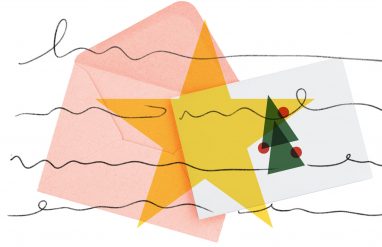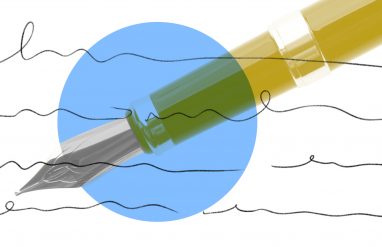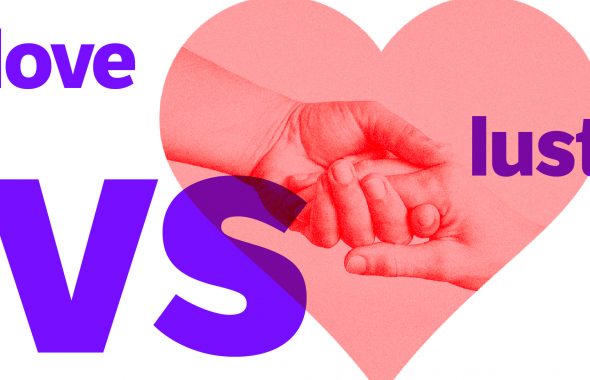Poetry styles to fit your style
On January 20, 2021, 22-year-old youth poet laureate Amanda Gorman inspired the country and made history when she read her poem “The Hill We Climb” at the inauguration of the 46th President of the United States, Joe Biden. Gorman’s free verse poem touched on themes of unity, hope, and progress; it encouraged Americans to continue working toward a “union with purpose.” (If you don’t know what “free verse” means, don’t worry—we will cover that on the next slide.)
Gorman is the youngest known inaugural poet, and her moving reading of “The Hill We Climb” ignited a newfound interest in poetry, often considered an obscure form of writing. To many, poetry can seem daunting because it’s so different from prose. But there is no wrong way to read a poem. If you find a poem that you connect with, even if you’re not sure what it is “supposed to” mean, you’re reading it right!
To help demystify poetry a bit, and in celebration of National Poetry Month, we are going to break down some of the different kinds or forms of poetry. Along the way, we are going to show you some classic examples of these poems and give you some guidance on how you can write poetry yourself—any day of the year.
Listening to Gorman’s performance of her poem is just one way to garner curiosity in poetry. Learn some fantastic ways to get your child (and yourself) excited about poetry!























